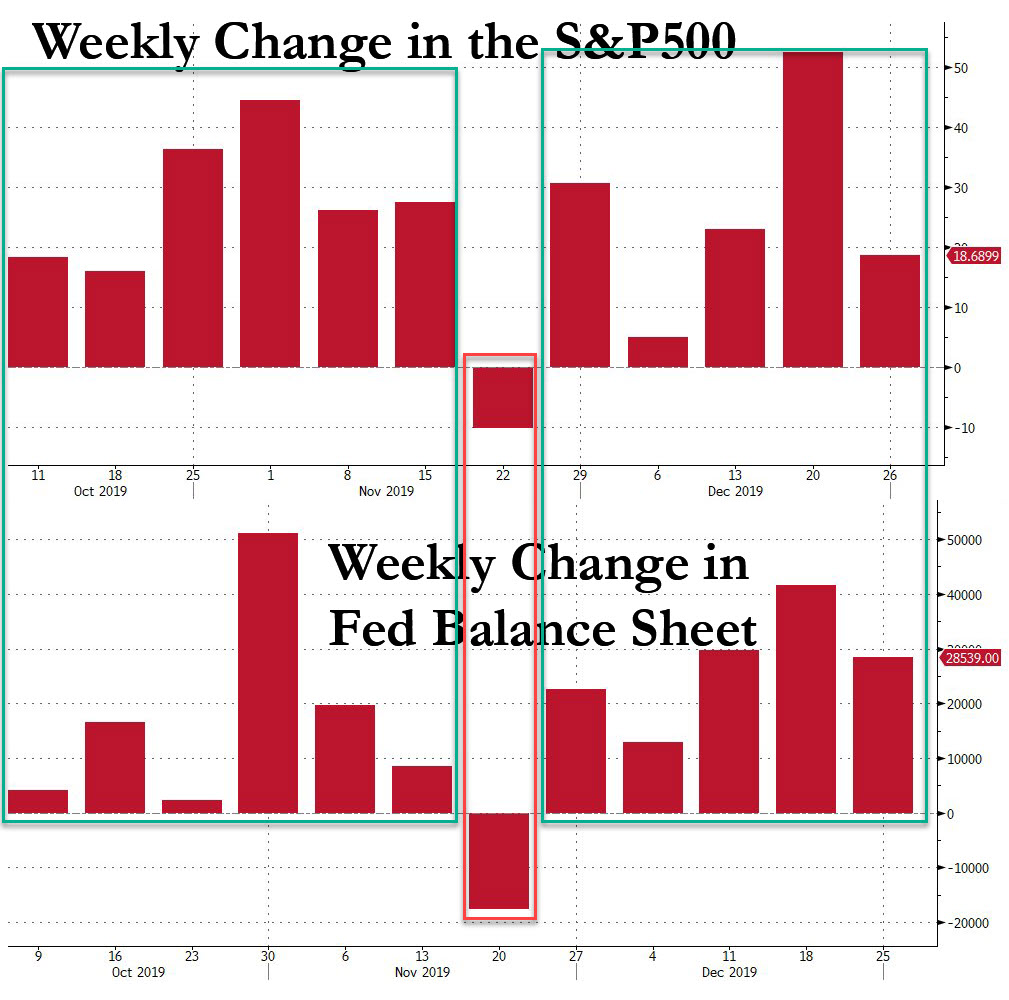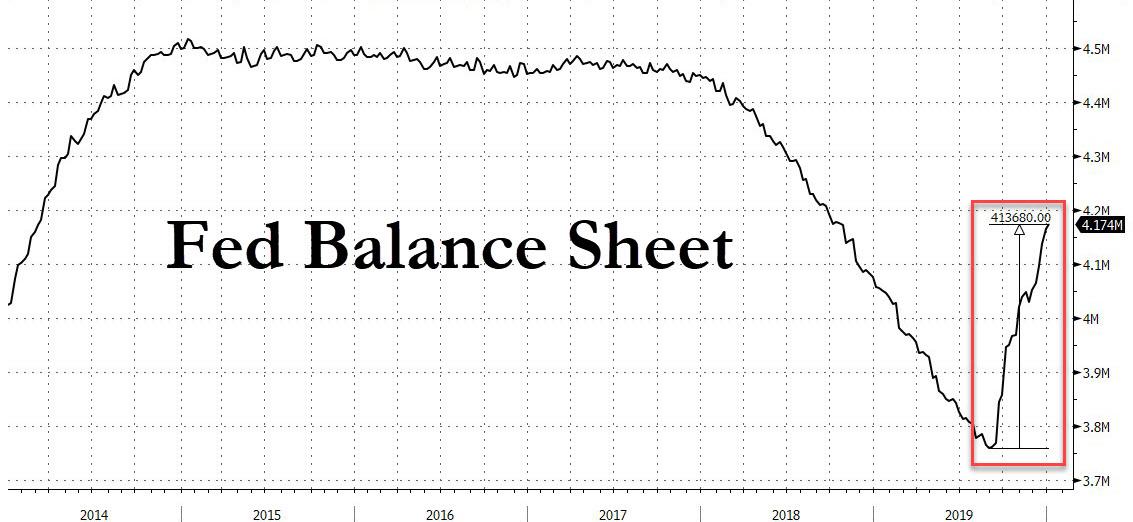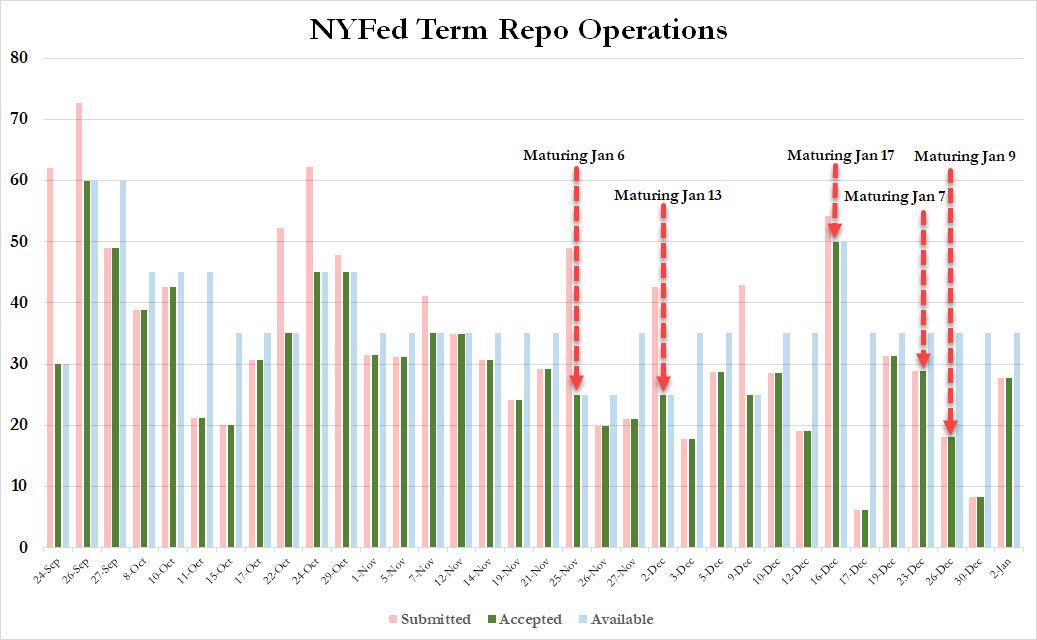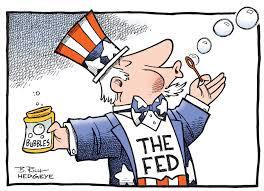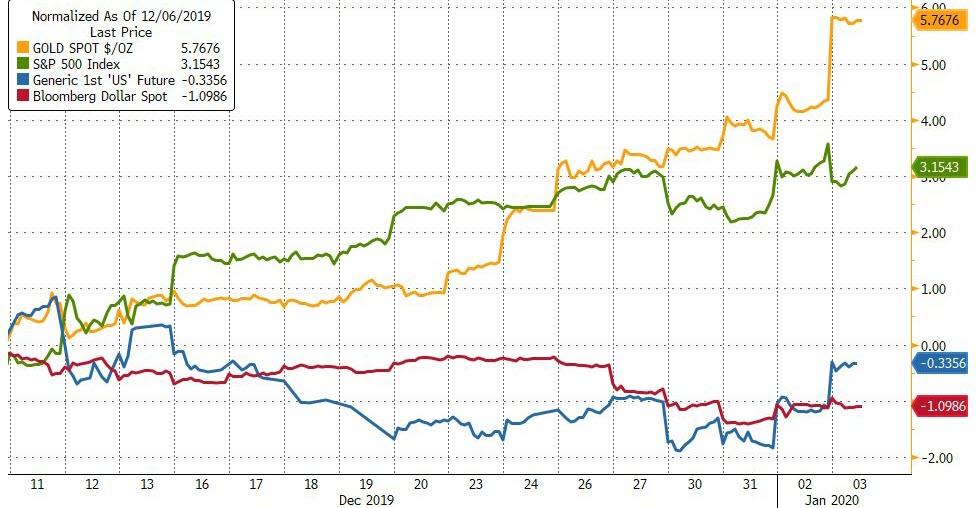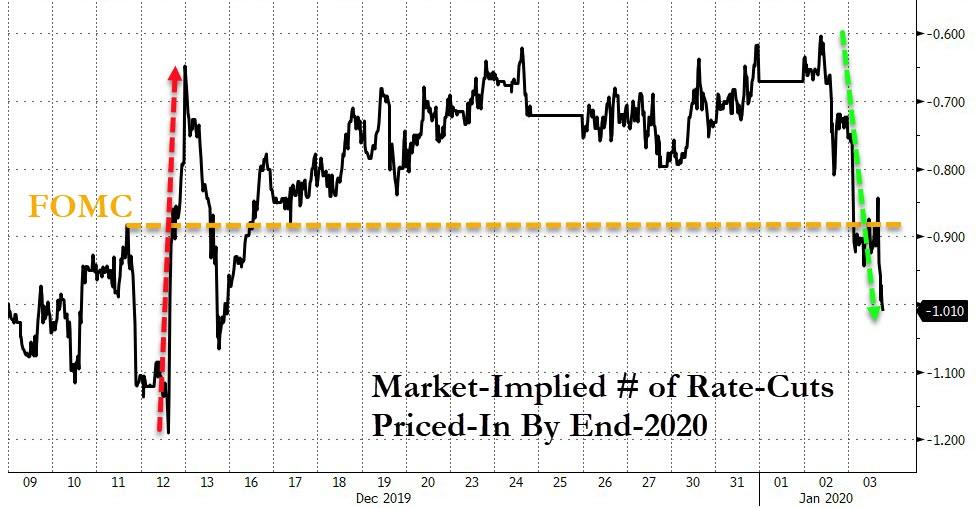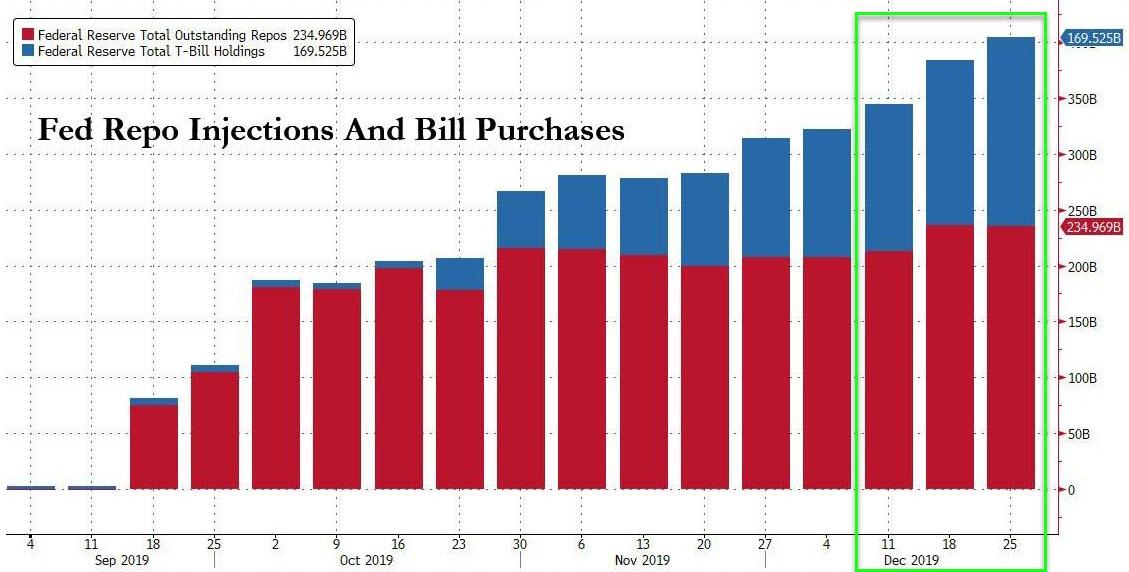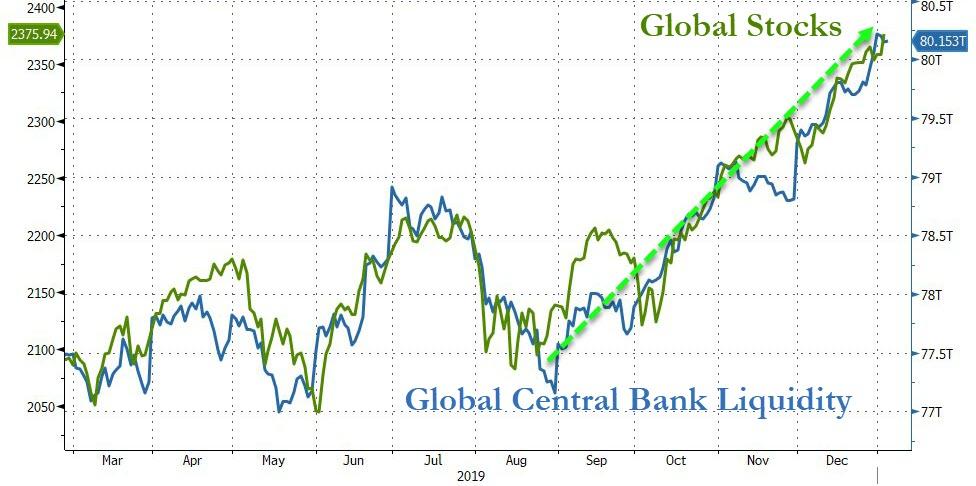“Don’t trust liars—especially about matters of war and peace,” writes Vox‘s Matthew Yglesias. “Today’s a day,” The Atlantic‘s David Frum posits, “when the most untruthful administration in US history will wish its statements could be believed.”
It is appropriate, necessary, yet insufficient to remember that government lying is bad, that government lying about war is particularly bad, and that Donald Trump is one of the most bizarrely promiscuous liars ever seen in American political life. Insufficient, because laying the blame on one particular administration, or even one major political party, too often becomes a de facto credulousness about the war-related veracity of other administrations.
The truth, which literally hurts, is that every administration lies about war, particularly (though not only) about its reasons for initiating deadly force. It was literally only last month that The Washington Post‘s “Afghanistan Papers” project detailed how America’s longest war has been a nearly two-decade festival of deadly bullshit. How many times are we going to accept on-the-record U.S. military quotes like “Every data point was altered to present the best picture possible”?
Too many times, I’m afraid. We enable the machinery of our own bamboozlement with our often partisan-based trust in the protectors of the flag.
Readers with long memories will surely note that David Frum wrote President George W. Bush’s infamous “Axis of Evil” State of the Union Address in January 2002, linking Iran, North Korea, and especially Iraq in a rhetorical if not quite actual network of bad-guy regimes threatening to do the U.S. harm. “I was to provide a justification for war,” Frum recalled in his memoir. The justification was…misleading.
It was also damaging in a way that relates directly to this week’s escalation with Iran. Ryan Crocker, then the deputy chief of the U.S. embassy in Kabul, met the next day with a lead Iranian government official, who said (according to Crocker’s memory, as recounted in a must-read 2013 New Yorker profile of Qasem Soleimani), “You completely damaged me….Suleimani is in a tearing rage. He feels compromised.” More, from The New Yorker‘s Dexter Filkins:
The negotiator told Crocker that, at great political risk, Suleimani had been contemplating a complete reëvaluation of the United States, saying, “Maybe it’s time to rethink our relationship with the Americans.” The Axis of Evil speech brought the meetings to an end. Reformers inside the government, who had advocated a rapprochement with the United States, were put on the defensive. Recalling that time, Crocker shook his head. “We were just that close,” he said. “One word in one speech changed history.”
You don’t have to accept that alternate history to understand that war propaganda can have all sorts of unforeseen consequences, as can the wars themselves. That may seem obvious to the point of tautology, but people accept this stuff again and again.
Like under our previous president. “We knew,” Barack Obama said on March 28, 2011, “that…if we waited one more day, Benghazi, a city nearly the size of Charlotte, could suffer a massacre that would have reverberated across the region and stained the conscience of the world. It was not in our national interest to let that happen. I refused to let that happen….Some nations may be able to turn a blind eye to atrocities in other countries. The United States of America is different. And as president, I refused to wait for the images of slaughter and mass graves before taking action.”
We know now that the congressionally unauthorized, U.S.-led regime-change war in Libya was not, as former Secretary of State Hillary Clinton repeatedly bragged on the presidential campaign trail, “smart power at its best.” It was one of the major causes of Middle Eastern instability and misery over the past decade. But what we’ve forgotten, because our political discourse is cripplingly trivial, is that Obama’s bar-lowering justication was hysterical.
“This policy,” concluded a detailed and damning post-facto report by the British House of Commons, “was not informed by accurate intelligence. In particular, the [allies] failed to identify that the threat to civilians was overstated and that the rebels included a significant Islamist element. By the summer of 2011, the limited intervention to protect civilians had drifted into an opportunist policy of regime change. That policy was not underpinned by a strategy to support and shape post-Gaddafi Libya. The result was political and economic collapse, inter-militia and inter-tribal warfare, humanitarian and migrant crises, widespread human rights violations, the spread of Gaddafi regime weapons across the region and the growth of ISIL in North Africa.”
Western intelligence agencies, the report found, “could not verify the actual threat to civilians posed by the Gaddafi regime [and] selectively took elements of Muammar Gaddafi’s rhetoric at face value….[S]trategy was founded on erroneous assumptions and an incomplete understanding of the evidence.”
American administrations going to war routinely exaggerate threats, Hitlerize enemies, euphemize foreign casualties, and bend tales of U.S. heroism beyond all human recognition, as any spelunkings down the rabbit holes of Jessica Lynch and Pat Tillman will reveal. The world has never seen an arsenal as powerful as ours, and Lord Acton had a point about that power stuff.
The purpose of bringing up past treacheries is not to sink into an enervating nihilism, or intellectually facile whataboutism, or even what the kids now sneer at as “both-sidesism.” America is not Iran; Trump is not Obama; a drone strike is not the Iraq War.
But the fog of war, the temptations of power, the quickening heartbeat of fight-or-flight patriotism—these are, or at least should be, advertisements for human fallibility, for our stubborn inability to recognize certain patterns, particularly in the way each of us thinks. And it should make us more reluctant to give the commanders more authority.
Instead, too many people turn off their brains once the battle bugle calls. “Decisive shock therapy to revive the American spirit would surely come with a U.S. invasion of Iraq,” current White House economic advisor Larry Kudlow wrote for National Review in 2002. “The world will be righted in this life-and-death struggle to preserve our values and our civilization.” Or not.
As I tried to argue in one of those 9/11 anniversary columns some years ago, “If we are humble in the face of facts, and mindful of the unforeseen consequences that come with every grand plan, we might be more cautious about bending a sprawling nation’s resources and will in one direction or another.” That process necessarily begins by recognizing the limits of our own knowledge.
So no, don’t trust Donald Trump. Or Mike Pompeo. Or Mitch McConnell. And for God’s sake please don’t trust David Frum or Matthew Yglesias or Matt Welch either. America will continue being a bull in a china shop for as long as the body politic has more heft than humility. Those audacious enough to wield that awesome power, or to influence the wielding of it, will only begin to earn respect when they acknowledge the mountain of their own lies.
from Latest – Reason.com https://ift.tt/37uduuU
via IFTTT
